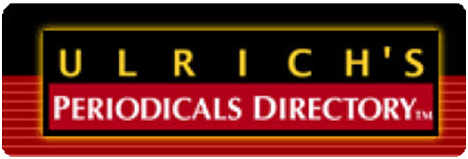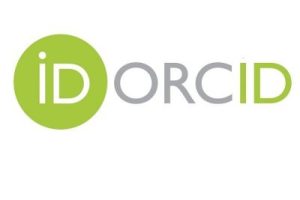On-Line образование: формирование конкурентных преимуществ
DOI:
https://doi.org/10.14308/ite000003Анотація
В статті розглядається еволюція університетських on-line програм у США і описуються провідні стратегічні можливості, що пропонуються сучасним університетам. Програма пропонує можливі оперативні плани для університетів, зацікавлених в отриманні конкурентної переваги у міжнародному дистанційному навчанні в цілому світі.
Завантаження
Показники метрики:
Посилання
Distance Education at Degree-Granting Post-Secondary Institutions: 2000 – 2001 (2003), U.S. Department of Education, Institute of Education Sciences, National Center for Education Statistics. http://www.nces.ed.gov/surveys.
Allen, I. E., & Seaman, J. (2006), Making the grade: On-line education in the United States, 2006, Alfred P. Sloan Foundation, Sloan Consortium, www.sloan-c.org.
Wan, Z., Fang, Y., & Neufeld, D. J. (2007), The role of information technology in technology-mediated learning: A review of the past for the future, Journal of Information Systems Education, 18 (2), pp. 183 – 192.
D’Angelo, M. D., & Woosley, S. A. (2007), Technology in the classroom: Friend or foe? Education, 127(4), pp. 462 – 471.
Li, Q. (2007), Student and teacher views about technology: A tale of two cities? Journal of Research on Technology in Education, 39(4), pp. 377 – 397.
Roberts, D. F., Kelley, C. L., & Medlin, B. D. (2007), Factors influencing accounting faculty members’ decision to adopt technology in the classroom, College Student Journal, 41(2), pp. 423 – 435.
Stafford, F.T., & Lindsey, K.L. (2007), IP teleconferencing in the wired classroom: Gratifications for distance education, Journal of Information Systems Education, 18(2), pp. 227 – 232.
Onkvisit, S., & Shaw, J. J. (1989). Product life cycles and product management. New York: Quorum Books.
Asia-Pacific E-Learning Alliance (United Nations) (2002), A report on e-learning and best practices.
Carr, N. G. (2004), Does IT matter?: Information technology and the corrosion of competitive advantage, Harvard Business School Publishing Corporation, Boston.
Distance Education at Degree-Granting Post-Secondary Institutions: 2000 – 2001 (2003), U.S. Department of Education, Institute of Education Sciences, National Center for Education Statistics. http://www.nces.ed.gov/surveys.
Allen, I. E., & Seaman, J. (2006), Making the grade: On-line education in the United States, 2006, Alfred P. Sloan Foundation, Sloan Consortium, www.sloan-c.org.
Wan, Z., Fang, Y., & Neufeld, D. J. (2007), The role of information technology in technology-mediated learning: A review of the past for the future, Journal of Information Systems Education, 18 (2), pp. 183 – 192.
D’Angelo, M. D., & Woosley, S. A. (2007), Technology in the classroom: Friend or foe? Education, 127(4), pp. 462 – 471.
Li, Q. (2007), Student and teacher views about technology: A tale of two cities? Journal of Research on Technology in Education, 39(4), pp. 377 – 397.
Roberts, D. F., Kelley, C. L., & Medlin, B. D. (2007), Factors influencing accounting faculty members’ decision to adopt technology in the classroom, College Student Journal, 41(2), pp. 423 – 435.
Stafford, F.T., & Lindsey, K.L. (2007), IP teleconferencing in the wired classroom: Gratifications for distance education, Journal of Information Systems Education, 18(2), pp. 227 – 232.
Onkvisit, S., & Shaw, J. J. (1989). Product life cycles and product management. New York: Quorum Books.
Asia-Pacific E-Learning Alliance (United Nations) (2002), A report on e-learning and best practices.
Carr, N. G. (2004), Does IT matter?: Information technology and the corrosion of competitive advantage, Harvard Business School Publishing Corporation, Boston.
##submission.downloads##
Опубліковано
Як цитувати
Номер
Розділ
Ліцензія
This work is licensed under a Creative Commons Attribution-NonCommercial-ShareAlike 4.0 International License.






























